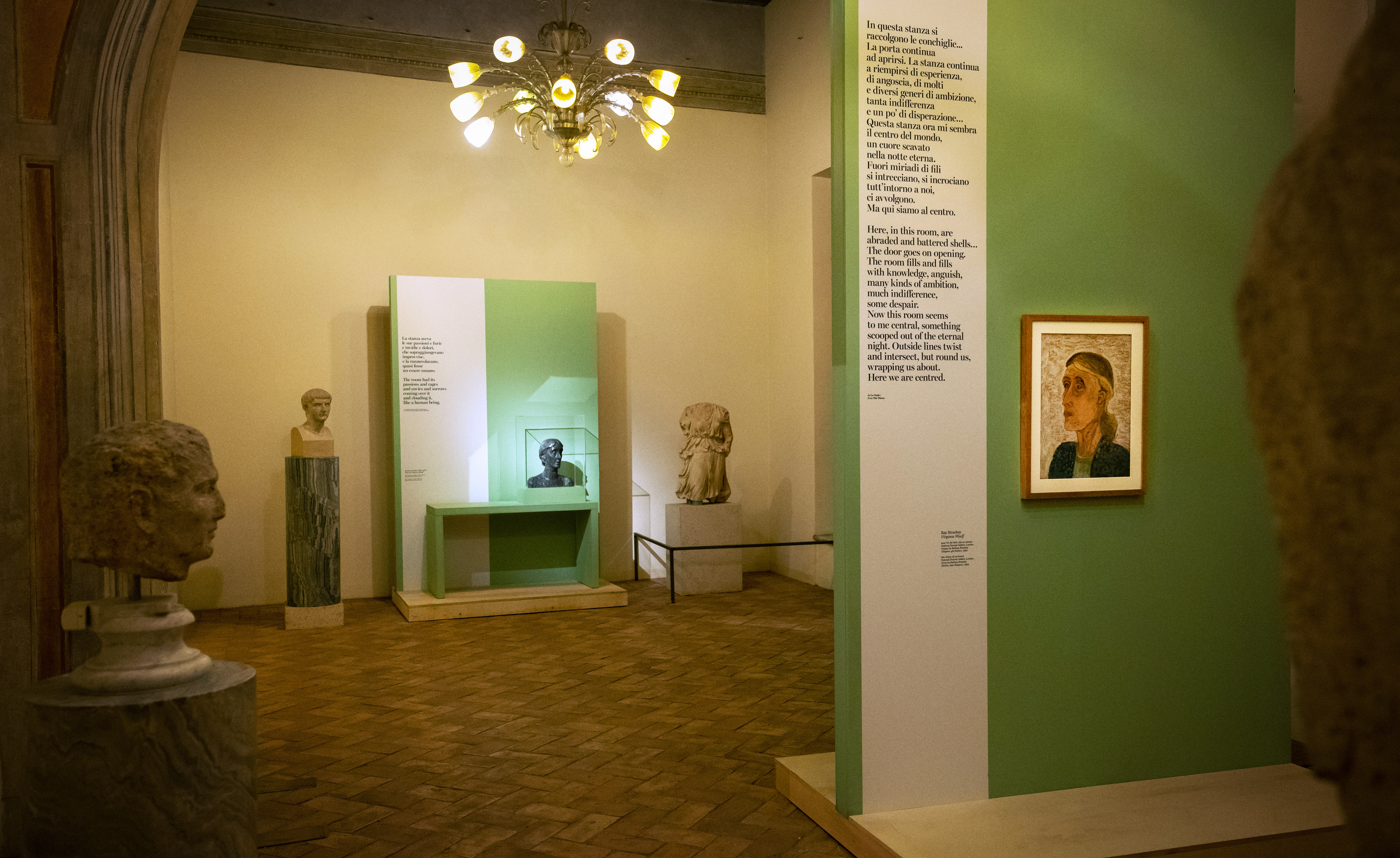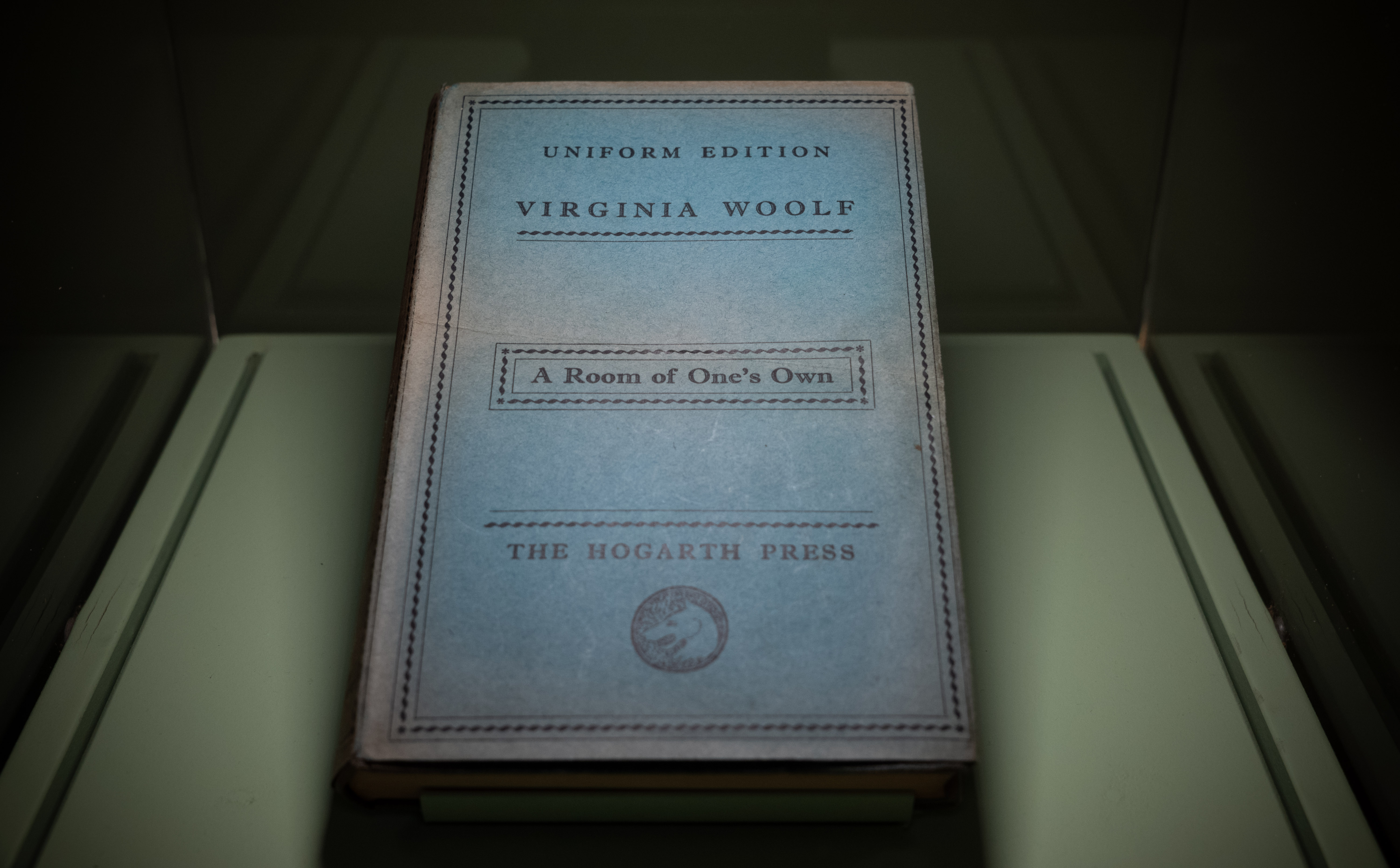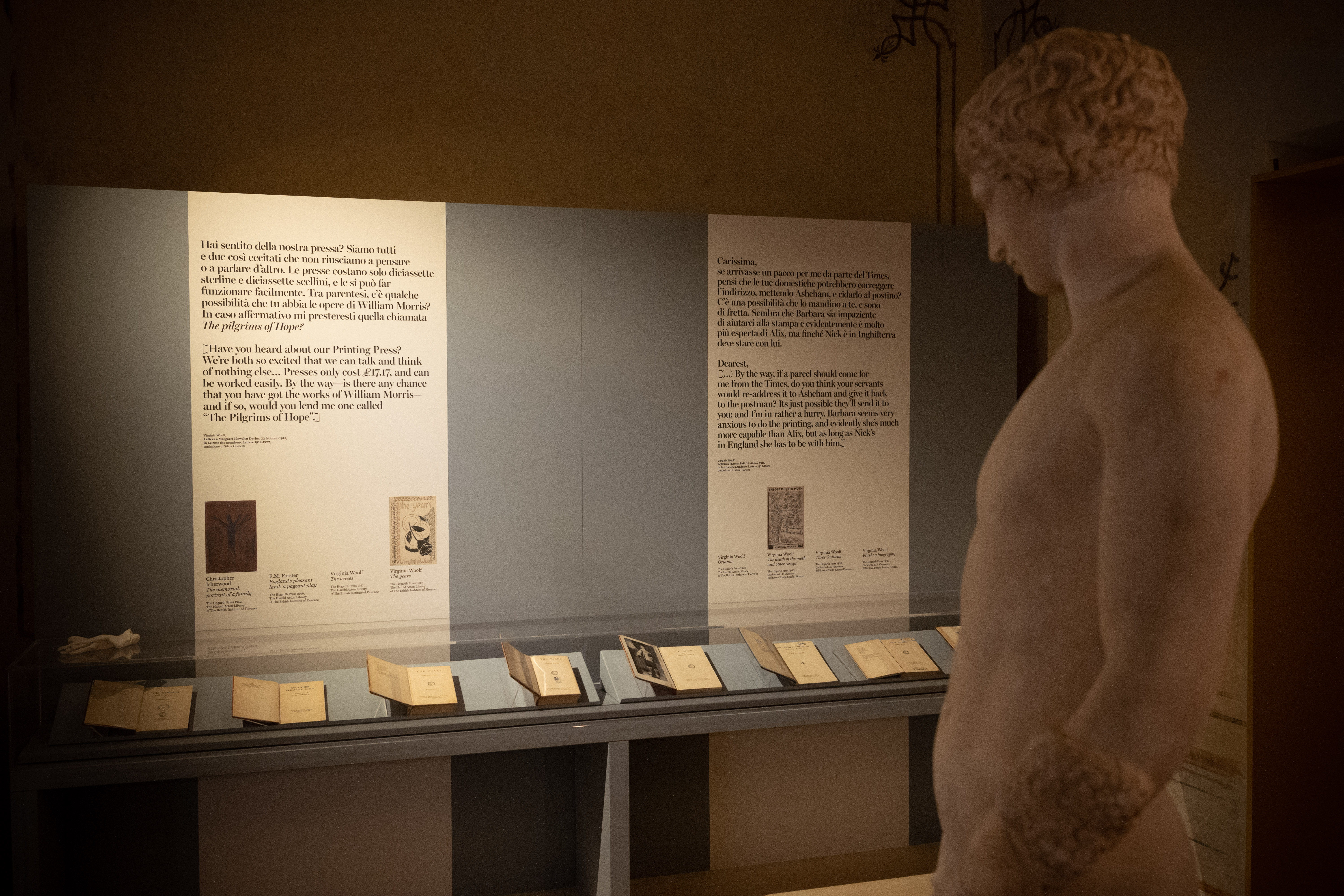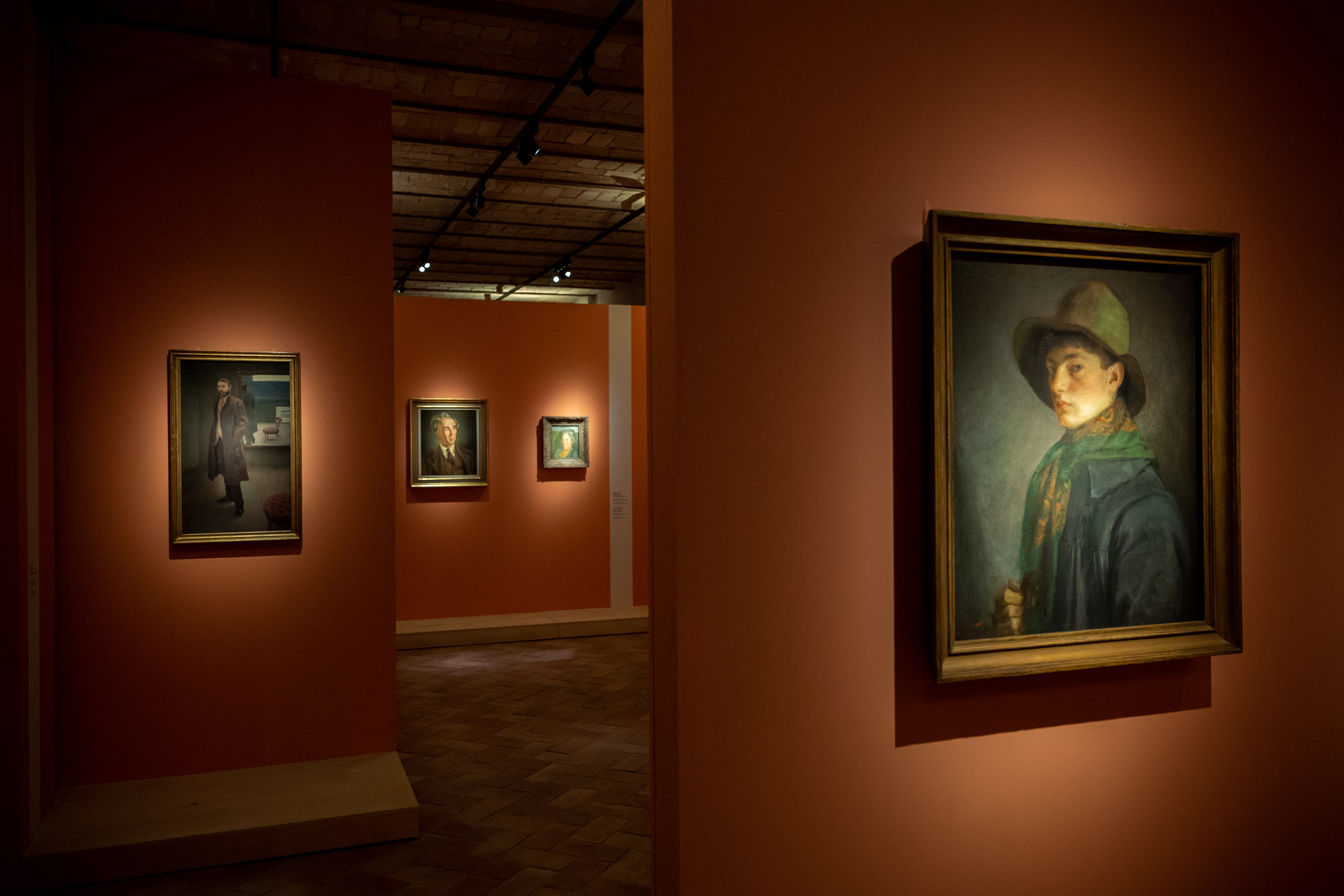“Virginia Woolf and Bloomsbury. Inventing Life” exhibition opens in Rome
From 26 October to 12 February 2023, the exhibition “Virginia Woolf and Bloomsbury. Inventing Life” will be at the National Roman Museum in Rome.
For the first time in Italy, Palazzo Altemps presents an exhibition celebrating the spirit of Bloomsbury, the London district where new forms of life and thought, which transformed the Victorian principles and strong patriarchal spirit with which the twentieth century was still imbued, were developed. After the death of their widowed father in 1904, Virginia Stephen, later Woolf, and her siblings Vanessa, Thoby and Adrian moved from the affluent district of Kensington to the more bohemian Bloomsbury. Starting in 1905, a large group of young men and women would meet in the house in 46 Gordon Square to invent a new, free life.
Virginia Woolf and Bloomsbury. Inventing Life is a project of the National Roman Museum and the Electa publishing house, developed in partnership with the National Portrait Gallery of London. The exhibition highlights the original soul of Palazzo Altemps, an aristocratic mansion in the heart of Rome.
Conceived and curated by Nadia Fusini – a connoisseur of the British author who edited the two volumes in the Meridiani series – in cooperation with Luca Scarlini – writer, playwright, storyteller, performance artist – the exhibition examines the complex intellectual friendships of the Bloomsbury group through books, words, paintings, photographs and the possessions of the protagonists of this adventure in art and thought.

The story of the members of the Bloomsbury circle unfolds in five rooms of Palazzo Altemps. The young intellectuals who met in the home of the Stephen sisters shared artistic predilections, romantic relationships, innovative creative experiences, social thinking. Individuals with strong personalities, they would become left-wing economists, historians, writers, thinkers and painters, and, often, very famous. They dreamed, like Leonard Woolf, of a classless society or, like Virginia, of a world without ivory towers for its artists; John Maynard Keynes revolutionised economic thought and laid the foundation for the welfare state, and for state support of the arts; Lytton Strachey invented a new form of biographical writing, while critic and painter Roger Fry established a different way of looking at and creating works of art. In addition to the undisputed value of equality, economic equality first and foremost, another essential principle for the group was the recognition of the singularity of each individual.
It is no coincidence that the exhibition is housed in Palazzo Altemps, previously home to a prestigious library – built up between the end of the XVI and the XVII centuries by Cardinal Marco Sittico Altemps and his nephew Giovanni Angelo, and later merged with the Vatican Apostolic Library – and, in the nineteenth century, to distinguished literary salons. It was here, in the Church of St. Aniceto, built within the fabric of the palazzo, that in 1883 Gabriele D’Annunzio married Maria Hardouin di Gallese, a daughter of the last family to live in Palazzo Altemps.

Edited by Nadia Fusini and Luca Scarlini, the exhibition catalogue published by Electa is organised as a personal dairy, a collection of notes and memories, a visual story including essays by distinguished authors, which examines the key themes of the exhibition: the protagonists, their houses, their romantic relationships, their literature, their relations with the arts and publishing, to build up a portrait of one of the most important cultural groups of the twentieth century.
The National Roman Museum with the Electa publishing house and the support of the Italian Virginia Woolf Society have organised a wide-ranging program of events linked to the themes examined by “Virginia Woolf and Bloomsbury. Inventing Life” will be at the National Roman Museum in Rome. Nadia Fusini and Luca Scarlini will meet the public on a series of occasions to talk in depth about and celebrate the fascinating story of the Bloomsbury group.
The exhibition will be open until 12 February 2023. For information about times and tickets:

